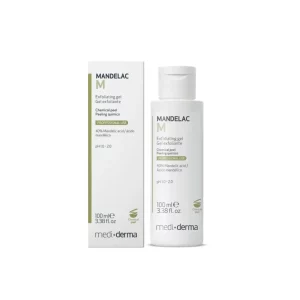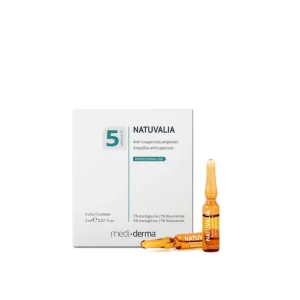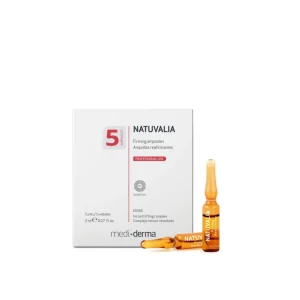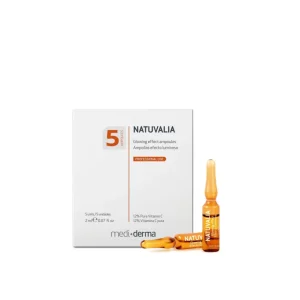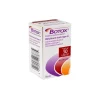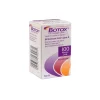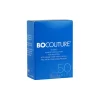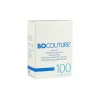Chemical Peels
Types of Chemical Peels
Superficial Peels: Also known as lunchtime peels, these peels use mild acids such as alpha hydroxy acids (AHAs) or beta hydroxy acids (BHAs) to exfoliate the outermost layer of the skin. They are effective for treating fine lines, mild discoloration, and dullness. Popular ingredients include glycolic acid, lactic acid, and salicylic acid.
Medium Peels: Medium-depth peels penetrate deeper into the skin, targeting more significant issues such as moderate wrinkles, acne scars, and uneven pigmentation. They typically use trichloroacetic acid (TCA) or a combination of TCA and other acids.
Deep Peels: Deep peels are the most intensive type of chemical peel and can produce dramatic results. They use strong acids like phenol to penetrate deep into the skin and are effective for treating severe wrinkles, deep scars, and extensive sun damage. Deep peels require longer recovery times and may only be performed by qualified professionals.
Benefits and Uses
Chemical peels offer numerous benefits, including:
- Improved Skin Texture: Peels exfoliate dead skin cells, revealing smoother and softer skin underneath.
- Reduced Wrinkles and Fine Lines: Peels stimulate collagen production, leading to firmer and more youthful-looking skin.
- Even Skin Tone: Peels can lighten hyperpigmentation, sun spots, and acne scars, resulting in a more even complexion.
- Reduced Acne and Pore Size: Peels can unclog pores, reduce acne breakouts, and minimize the appearance of enlarged pores.
- Enhanced Product Penetration: By removing the outer layer of dead skin cells, peels allow skincare products to penetrate more effectively, maximizing their benefits.
Procedure and Safety
Chemical peel treatments are typically performed by dermatologists, plastic surgeons, or trained skincare professionals. The procedure involves applying the chemical solution to the skin, which may cause a tingling or burning sensation. Depending on the depth of the peel, mild to moderate redness, peeling, and flaking may occur afterward. It’s essential to follow post-treatment care instructions to minimize the risk of complications and achieve optimal results.
Purchasing Chemical Peels
When purchasing chemical peels, it is crucial to choose products from reputable suppliers that are formulated with high-quality ingredients and adhere to safety standards.

